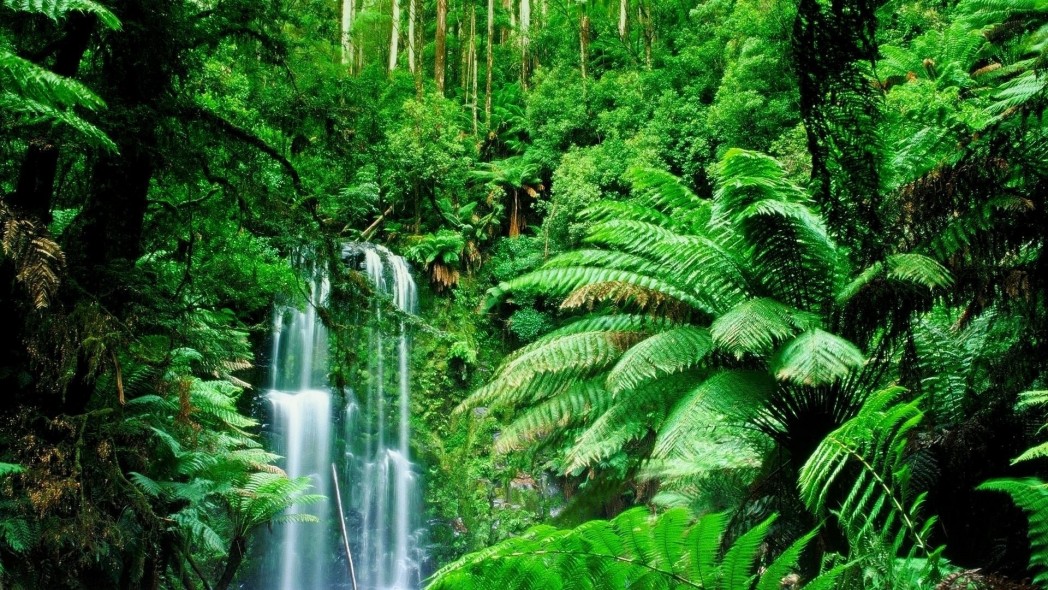The amazon rainforest has been in existence for at least 55 million years
The Amazon Rainforest: A 55-Million-Year-Old Wonder of Nature

The Amazon rainforest is a marvel that has captured the imagination and fascination of adventurers, scientists, and nature lovers for centuries. Spanning an impressive size of 5.5 million square kilometers, it is the largest tropical rainforest in the world. But did you know that this captivating ecosystem has been in existence for at least 55 million years?
A Testament to the Ancient Past
The Amazon rainforest’s existence dates back to a time long ago, a time when the Earth was still transforming and evolving. Extensive scientific research and evidence have allowed experts to piece together the history of this remarkable rainforest, shedding light on its ancient origins.

Imagine a world where dinosaurs roamed the land, and continents were still shifting. During the Eocene epoch, approximately 55 million years ago, the Amazon rainforest began establishing its roots. This ecosystem started to flourish during the early Oligocene period, around 30 million years ago, when it experienced significant diversification.
The Evolutionary Journey
Throughout its existence, the Amazon rainforest has witnessed numerous changes and challenges, yet it has managed to adapt and remain one of the most biologically diverse regions on the planet. Its history is intertwined with geological transformations, climate fluctuations, and the interplay between countless plant and animal species.
The geological evolution of the region laid the foundation for the rainforest we see today. The Amazon basin itself was formed during the late Mesozoic and early Cenozoic eras when tectonic plate movements created the Andes Mountains and the low-lying Amazonian plains. These geological processes, along with the changing course of rivers and the formation of the great Amazon River, shaped the rainforest’s landscape and provided the necessary conditions for its growth.
A Sanctuary for Life
The Amazon rainforest’s age is not the only remarkable aspect of its existence; its unparalleled biodiversity is equally awe-inspiring. Home to an estimated 400 billion individual trees and over 16,000 species of animals, it harbors a staggering amount of life. The interconnectedness and mutual dependence between its inhabitants contribute to its resilience and its reputation as the world’s “lungs.”
This majestic ecosystem is not only a vital habitat but also an essential regulator of global climate patterns. The Amazon rainforest, through its vast expanse of trees, plays a crucial role in absorbing carbon dioxide from the atmosphere and producing oxygen. This important function contributes to the overall balance of the Earth’s climate and helps combat the effects of climate change.
Preserving Our Natural Heritage
As we continue to explore and understand the Amazon rainforest’s ancient history and ecological importance, it becomes clear that its preservation is paramount. Human activities such as deforestation, illegal logging, and unsustainable agricultural practices pose significant threats to this fragile ecosystem. To ensure its survival and protect its invaluable biodiversity, concerted efforts must be made on a global scale.
By raising awareness, supporting sustainable practices, and promoting responsible travel, we can make a positive impact on the future of the Amazon rainforest. Together, we can contribute to the legacy that has lasted for millions of years and continue to appreciate the wonders it holds.
Source: Wikipedia
Related Posts
Quick Links
Legal Stuff